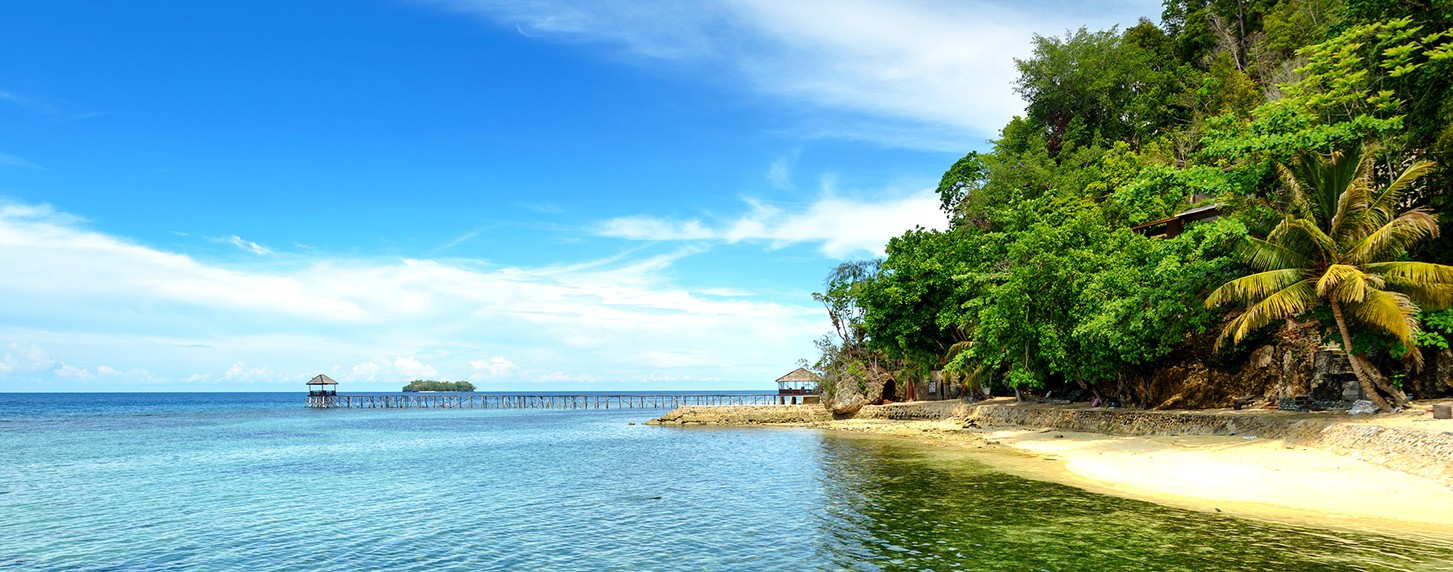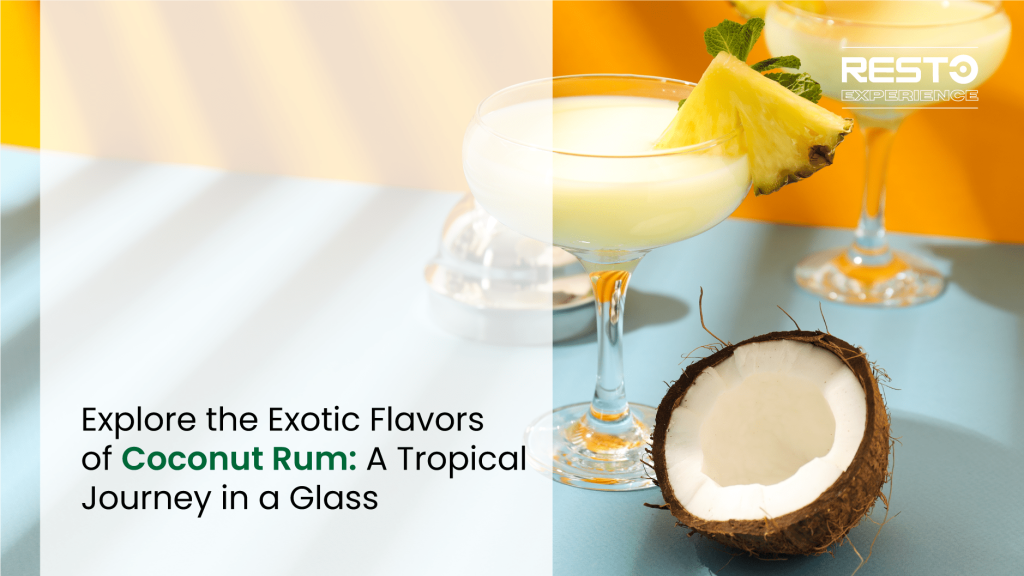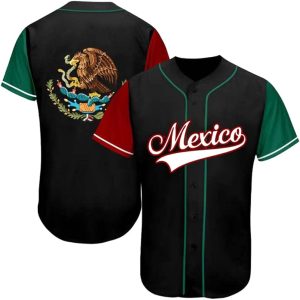The Caribbean islands include Antigua and Barbuda, Barbados, Cuba, Jamaica, Haiti, and others. Located in the Caribbean Sea, they are renowned for their pristine beaches, rich culture, and vibrant history.
Each island has its unique charm and allure, offering visitors a diverse range of experiences, from luxurious resorts to adventurous outdoor activities. The Caribbean islands boast a variety of natural wonders, including lush rainforests, crystal-clear waters, and breathtaking landscapes. With a blend of European, African, and indigenous influences, the Caribbean is a melting pot of cultures, exemplified in its music, cuisine, and traditions.
Whether you seek relaxation, adventure, or cultural immersion, the Caribbean islands offer something for every traveler. Explore the Caribbean to discover its unparalleled beauty and captivating heritage.
Table of Contents
Toggle2. Overview Of The Caribbean Islands
The Caribbean Islands are a picturesque and vibrant collection of islands located in the Caribbean Sea, which is a region of the Atlantic Ocean. This tropical paradise is known for its stunning beaches, crystal-clear waters, and rich cultural heritage. In this section, we will delve into the geographical location, names, and political divisions of the Caribbean islands.
2.1 Geographical Location
The Caribbean Islands are situated in the Caribbean Sea, which extends from the southeastern coast of the United States to the northern coast of South America. These islands are part of the West Indies, a group of islands that includes the Greater Antilles and the Lesser Antilles. The Greater Antilles consist of larger islands such as Cuba, Jamaica, and Puerto Rico, while the Lesser Antilles are made up of smaller islands like Barbados, St. Lucia, and Antigua and Barbuda. The Caribbean Islands enjoy a tropical climate, with warm temperatures and plenty of sunshine throughout the year.
2.2 Names Of The Caribbean Islands
The Caribbean islands have a diverse range of names, reflecting their unique histories and cultures. Some of the well-known names include Antigua and Barbuda, Barbados, Cuba, Jamaica, Haiti, and St. Lucia. Each island has its own distinctive identity and charm, offering visitors a wide array of experiences and attractions. From the vibrant music and dance scenes in Jamaica to the colonial architecture in Cuba, each island has its own story to tell.
2.3 Political Divisions
The Caribbean islands are politically divided into numerous countries and territories. Some of the independent countries in the Caribbean include Antigua and Barbuda, The Bahamas, Barbados, Cuba, Dominican Republic, Grenada, Jamaica, Haiti, and St. Lucia. These countries have their own governments and administrations, each with its own unique political and cultural landscape. Additionally, there are also various overseas territories, such as Puerto Rico, which is a territory of the United States, and the Netherlands Antilles, which is a group of islands under Dutch jurisdiction.
In conclusion, the Caribbean Islands are a captivating destination with a rich history and diverse culture. From their geographical location in the Caribbean Sea to their unique names and political divisions, these islands offer a wealth of experiences for visitors to explore. Whether you’re looking for stunning beaches, vibrant nightlife, or cultural immersion, the Caribbean Islands have something for everyone.

Credit: www.indonesia.travel
3. Historical Background
The Caribbean island names have rich historical backgrounds, reflecting influences from indigenous tribes, European colonization, and African heritage. Island names like Jamaica, Haiti, and Cuba offer insights into the region’s diverse past.
3.1 Indigenous Peoples
The indigenous peoples of the Caribbean islands were the first settlers of the region, with diverse cultural and linguistic backgrounds. Taino, Arawak, and Carib were some of the prominent indigenous groups that inhabited the islands. They had a profound influence on the names given to these islands, reflecting their traditions, beliefs, and natural surroundings.
3.2 Colonial Era
The colonial era marks a significant period in the history of the Caribbean islands. Various European powers, including Spain, England, France, and the Netherlands, established colonies throughout the region. This colonization led to a fusion of indigenous, European, and African cultures, which is evident in the names of many islands. The colonial powers often named the islands after saints, monarchs, or geographic features, shaping the nomenclature landscape of the Caribbean.
3.3 Independence Movements
The Caribbean islands have a rich history of independence movements, characterized by struggles for freedom and self-governance. Many islands, after years of colonial rule, fought for and achieved independence, leading to the emergence of new nation-states. This period of independence movements played a pivotal role in shaping the contemporary names of the islands, as they sought to reflect their heritage, aspirations, and national identities.
4. Popular Caribbean Islands
Exploring the Caribbean Islands is like stepping into a paradise of stunning beaches, vibrant cultures, and rich histories. Among the myriad of islands in this region, there are a few that stand out as the most popular destinations for tourists seeking tropical bliss. Let’s delve into the intriguing charms of the top Caribbean islands:
4.1 Antigua And Barbuda
Antigua and Barbuda, a twin-island nation, boasts pristine beaches along with a rich colonial heritage that captivates travelers seeking a blend of relaxation and historical exploration.
4.2 Barbados
Barbados, known for its crystal-clear waters and lively culture, offers visitors a taste of paradise with its stunning beaches, vibrant festivals, and warm hospitality.
4.3 Cuba
Cuba, a captivating island known for its colorful streets, classic cars, and vibrant music scene, provides a unique blend of history and culture that enchants visitors from around the globe.
4.4 Jamaica
Jamaica, the land of reggae and breathtaking landscapes, invites travelers to immerse themselves in the laid-back island life while exploring its lush mountains, pristine beaches, and vibrant local culture.
4.5 Haiti
Haiti, a country with a rich history and vibrant art scene, offers visitors a glimpse into its unique culture through its colorful markets, historic sites, and warm hospitality.
4.6 Saint Kitts And Nevis
Saint Kitts and Nevis, a duo of lush volcanic islands, beckon travelers with their serene beaches, charming colonial towns, and opportunities for outdoor adventure amidst stunning natural landscapes.
4.7 Aruba
Aruba, known for its pristine beaches and vibrant nightlife, offers visitors a perfect blend of relaxation and excitement with its crystal-clear waters, bustling markets, and lively entertainment options.
4.8 Dominican Republic
The Dominican Republic, a treasure trove of diverse landscapes and vibrant culture, welcomes visitors with its stunning beaches, lush rainforests, and friendly locals eager to share their country’s beauty.
4.9 Saint Lucia
Saint Lucia, an island paradise of lush rainforests and towering volcanic peaks, captivates visitors with its dramatic landscapes, serene beaches, and warm hospitality that embodies the essence of Caribbean charm.

Credit: www.amazon.com
5. Exploring Caribbean Island Names
The Caribbean is home to a myriad of picturesque islands, each with a unique and captivating name that often carries rich historical and cultural significance. Exploring the names of Caribbean islands provides invaluable insights into the region’s diverse heritage and the influences that have shaped their nomenclature over the centuries. Let’s delve into the vibrant tapestry of Caribbean island names and unravel the stories they hold.
5.1 Origins Of Island Names
The origins of Caribbean island names are deeply intertwined with the complex tapestry of the region’s history. Many of the island names have roots in indigenous languages, Spanish, Portuguese, English, French, Dutch, and African languages, reflecting the varied colonial influences that shaped the Caribbean. Understanding the etymology of these names unveils a fascinating narrative of exploration, conquest, and the resilience of indigenous cultures in the face of colonization.
5.2 Influences On Naming Conventions
The naming conventions of Caribbean islands have been shaped by a diverse array of influences, ranging from the languages of European colonizers to the legacies of indigenous peoples. The fusion of these influences has resulted in a rich tapestry of island names that reflect the complex historical and cultural heritage of the Caribbean. This intersection of diverse linguistic and cultural influences has given rise to an evocative and eclectic spectrum of island names, each resonating with its own unique story.
5.3 Significance Of Indigenous Languages
The indigenous languages of the Caribbean have left an indelible mark on the region’s toponymy, with many island names bearing traces of Taino, Arawak, and Carib origins. These indigenous languages have contributed to the melodic and evocative nature of Caribbean island names, preserving linguistic remnants of the region’s pre-colonial past. Exploring the significance of indigenous languages in the naming of Caribbean islands unveils a profound connection to the land’s original inhabitants and their enduring legacy in the region’s toponymic landscape.
5.4 Cultural And Historical References
The island names of the Caribbean serve as poignant markers of the region’s cultural and historical tapestry, often embodying references to significant events, prominent figures, geographical features, and indigenous traditions. Unraveling the cultural and historical references encoded within these names provides a captivating glimpse into the stories of resilience, struggle, and triumph that have shaped the Caribbean’s vibrant mosaic of identities. Each island name we encounter is a gateway to a world of captivating narratives and enduring legacies.
6. Caribbean Islands Map
The Caribbean Islands are a tropical paradise, known for their crystal-clear blue waters, white sandy beaches, and vibrant culture. To truly appreciate the beauty and diversity of this region, it’s essential to explore the Caribbean Islands Map. This interactive map provides a comprehensive overview of the countries and territories, major cities and landmarks, and geographic features that make this region so unique.
6.1 Countries And Territories
The Caribbean Islands consist of thirteen independent countries, each with its own distinct identity and charm. These countries include Antigua and Barbuda, The Bahamas, Barbados, Cuba, Dominica, Dominican Republic, Grenada, Haiti, Jamaica, St. Kitts and Nevis, St. Lucia, St. Vincent and The Grenadines. Exploring these countries allows you to immerse yourself in their rich history, vibrant music, and delicious cuisine.
6.2 Major Cities And Landmarks
Beyond the countries themselves, the Caribbean Islands are dotted with major cities and landmarks that are worth visiting. Some of the most notable cities include Havana in Cuba, Kingston in Jamaica, and Santo Domingo in the Dominican Republic. These cities offer a blend of modernity and tradition, with colorful architecture, bustling markets, and lively nightlife.
Alongside the cities, there are numerous landmarks that capture the essence of the Caribbean Islands. From the iconic Dunn’s River Falls in Jamaica to the historic Castillo de San Cristobal in Puerto Rico, these landmarks provide a glimpse into the region’s rich cultural and historical heritage.
6.3 Geographic Features
As you explore the Caribbean Islands Map, you’ll discover the diverse geographic features that shape the region’s stunning landscapes. The Greater Antilles, which include Cuba, Puerto Rico, Hispaniola, and Jamaica, form the larger islands in the northwestern part of the Caribbean. In contrast, the Lesser Antilles consist of a chain of smaller islands that stretch from the Virgin Islands to Trinidad and Tobago.
These islands are surrounded by the warm waters of the Caribbean Sea, home to vibrant coral reefs teeming with marine life. The stunning natural beauty of the Caribbean also includes picturesque mangrove forests, lush rainforests, and breathtaking waterfalls.
Whether you’re planning a trip to the Caribbean Islands or simply want to learn more about this tropical paradise, the Caribbean Islands Map offers a comprehensive overview of its countries, cities, landmarks, and geographic features. So go ahead and explore the map, and let it inspire your next adventure in the Caribbean!
7. Caribbean Island Tourism
When it comes to Caribbean island tourism, there is no shortage of incredible experiences to be had. From pristine beaches and water activities to cultural attractions and eco-tourism initiatives, these islands offer something for every type of traveler. Not to mention the delectable food and cuisine that will leave your taste buds craving for more. Let’s dive into the various aspects of Caribbean island tourism that make it such a popular destination.
7.1 Beaches And Water Activities
The Caribbean islands are renowned for their breathtaking beaches and crystal-clear waters. Whether you’re lounging on the powdery white sands or diving into the vibrant coral reefs, there are endless possibilities for beach and water activities. From swimming, snorkeling, and scuba diving to kayaking, paddleboarding, and jet skiing, these islands provide the perfect playground for water enthusiasts. Get ready to soak up the sun and make a splash in the turquoise Caribbean Sea.
7.2 Cultural Attractions
Beyond the stunning natural beauty, the Caribbean islands boast a rich cultural heritage worth exploring. Each island has its own unique history, traditions, and customs that have shaped its identity. From visiting historic landmarks like ancient forts and colonial towns to participating in vibrant festivals and events, you’ll have the opportunity to immerse yourself in the vibrant Caribbean culture. Don’t miss the chance to discover the captivating stories and traditions that make these islands so special.
7.3 Eco-tourism Initiatives
The Caribbean islands are committed to preserving their natural resources and promoting sustainable tourism practices. With a focus on eco-tourism initiatives, these islands offer opportunities to explore their diverse ecosystems while supporting conservation efforts. You can embark on guided nature hikes, bird-watching tours, and even visit protected marine reserves. By exploring the natural wonders of these islands, you’ll not only create lasting memories but also contribute to their preservation for future generations.
7.4 Food And Cuisine
One of the highlights of Caribbean island tourism is undoubtedly the incredible food and cuisine. From mouthwatering jerk chicken in Jamaica to savory seafood dishes in Barbados, each island has its own culinary delights to offer. Sample the flavors of the Caribbean with dishes infused with tropical fruits, aromatic spices, and fresh seafood. Whether you’re dining at a local food stall or indulging in a gourmet restaurant, your taste buds are in for a treat.

Credit: www.barcelo.com
Frequently Asked Questions For Caribbean Island Names
What Are The Names Of The Caribbean Islands?
The names of the Caribbean islands include Antigua and Barbuda, Barbados, Cuba, Jamaica, Haiti, and more.
What Are The 13 Caribbean?
The thirteen Caribbean countries include: Antigua and Barbuda, The Bahamas, Barbados, Cuba, Dominica, Dominican Republic, Grenada, Haiti, Jamaica, St. Kitts and Nevis, St. Lucia, and St. Vincent and the Grenadines.
Are There 26 Caribbean Countries?
No, there are actually more than 26 Caribbean countries. There are thirteen independent countries in the Caribbean, including Antigua and Barbuda, Bahamas, Barbados, Cuba, Dominica, Dominican Republic, Grenada, Haiti, Jamaica, St. Kitts and Nevis, St. Lucia, St. Vincent and the Grenadines, and Trinidad and Tobago.
What Are The 10 Largest Caribbean Islands?
The 10 largest Caribbean islands are Cuba, Hispaniola (Haiti and the Dominican Republic), Jamaica, Puerto Rico, Trinidad, Andros, Great Inagua, Grand Bahama, Cayman Islands, and Isla de la Juventud.
Conclusion
The Caribbean islands have fascinating and diverse names rooted in history and culture. From Antigua and Barbuda to St. Kitts and Nevis, each name carries its own unique story. These names not only reflect the rich heritage of the region but also serve as a reminder of its vibrant past.

Mother of Two children. I’m a former teacher with a background in child development and a passion for Good parenting. I understand child development and know how to develop activities to help children learn and grow. Spare time, I enjoy spending time with my family, reading, and volunteering in my community. Read More








